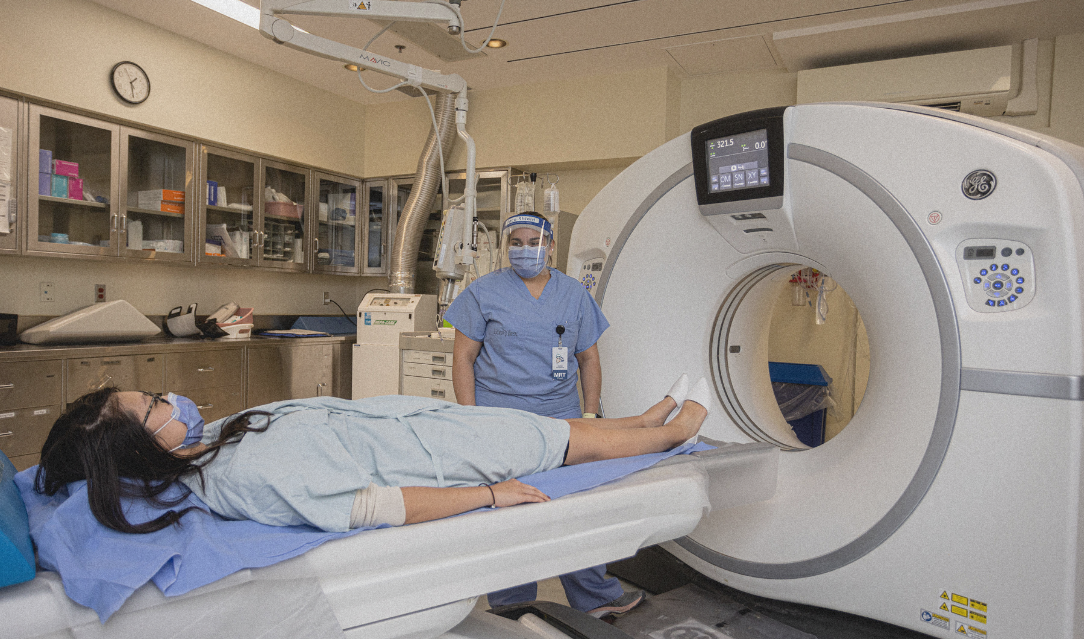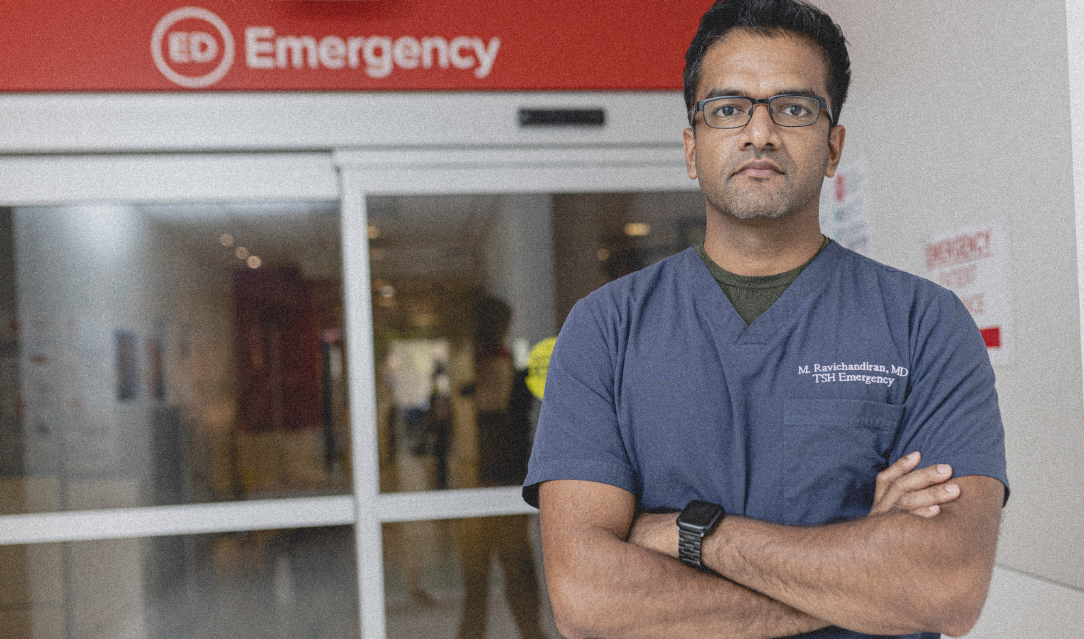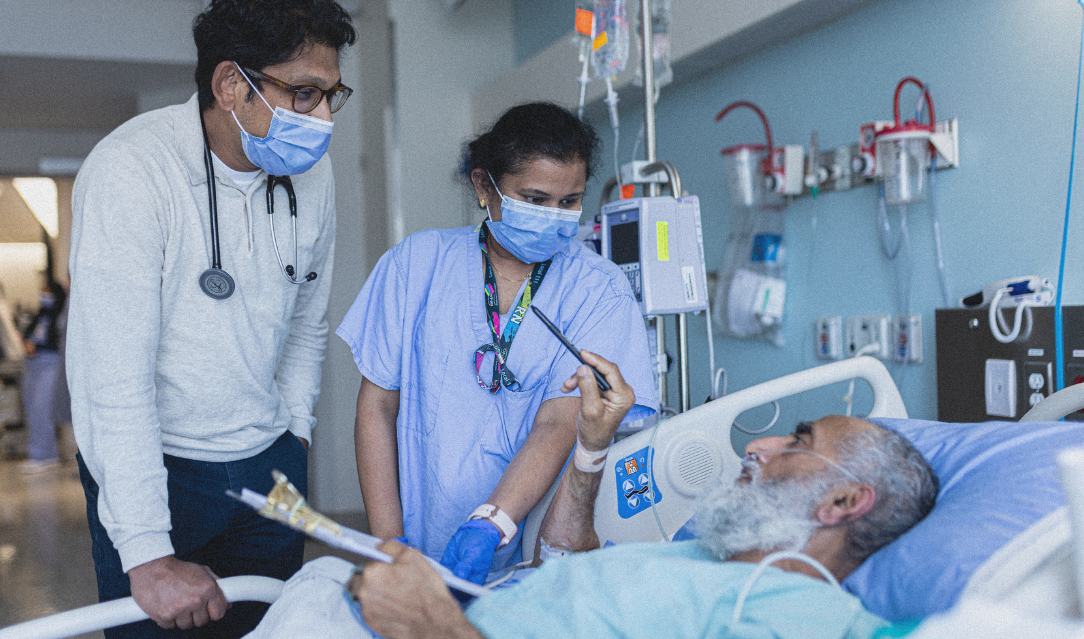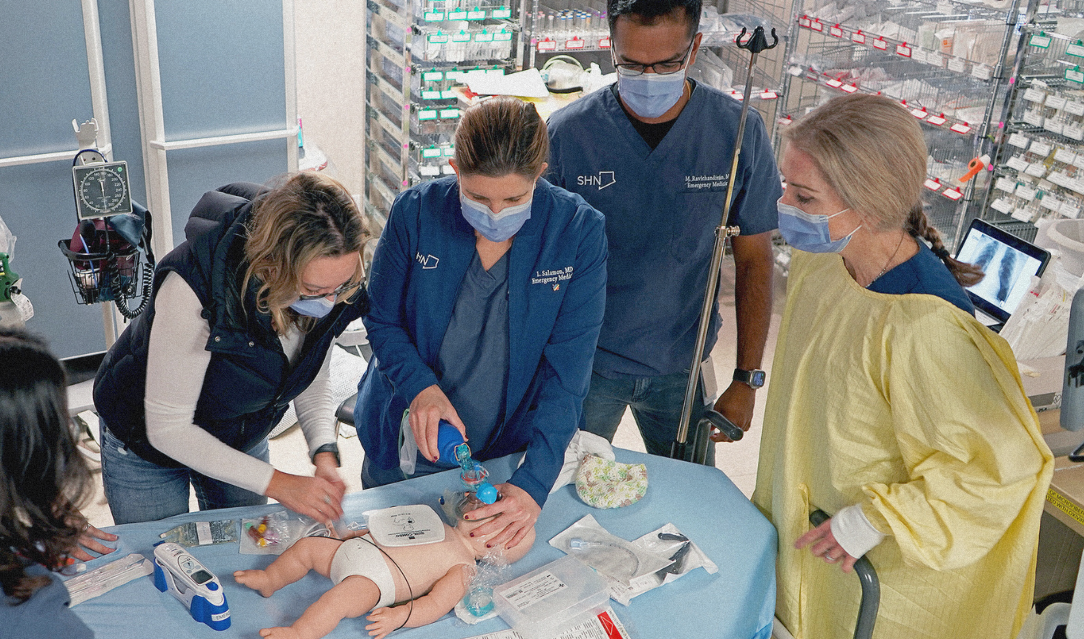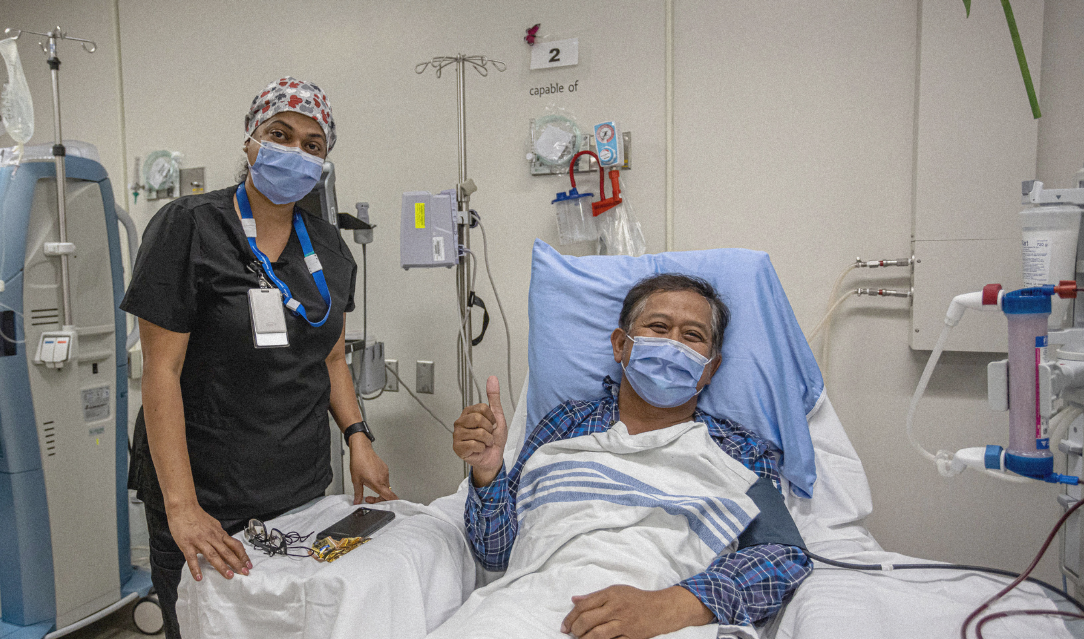The Challenges We Face and Our Priorities
Scarborough Health Network (SHN) is the third largest community health network in Ontario that cares for more than 850,000 people in our catchment area at three different hospitals — Birchmount, Centenary and General. We provide exceptional care to our patients and delivering provincially, nationally, and internationally recognized programs. SHN is taking the lead in delivering accessible, world-class and inclusive healthcare to one of Canada’s most vibrant and diverse, yet vulnerable communities.
Your donations in support of the Love, Scarborough campaign will help us overcome the obstacles presented by our aging facilities, and continue to provide specialized care for our community. Your support will help greatness rise in Scarborough by advancing these key areas:


